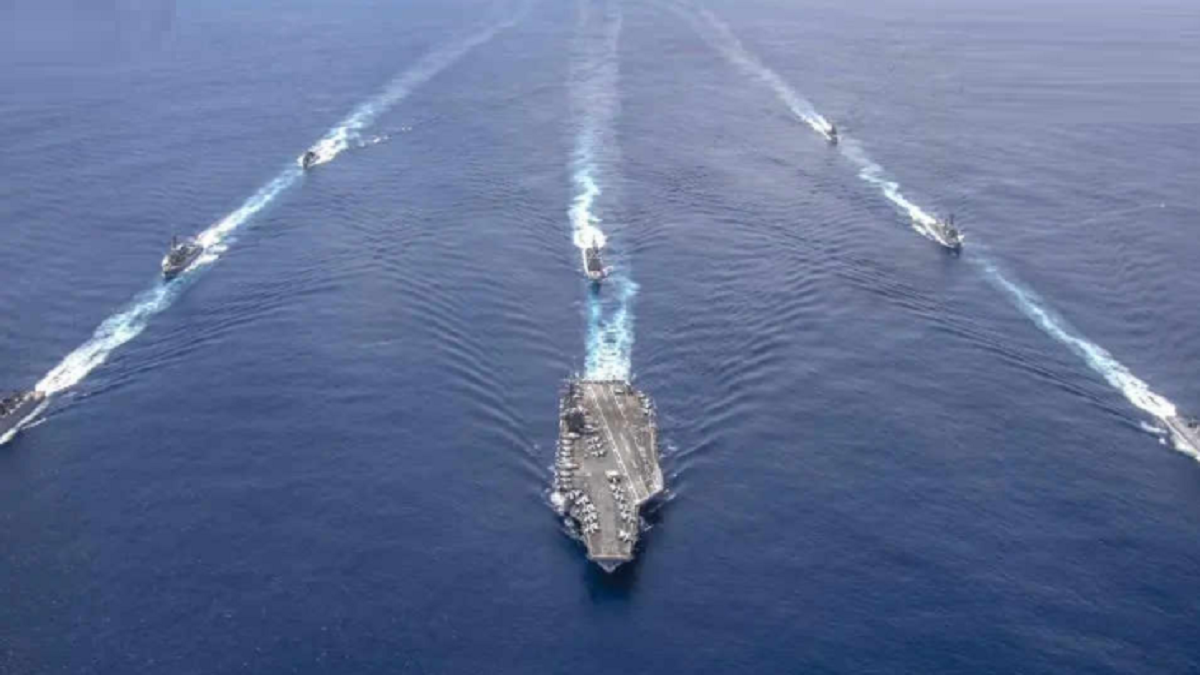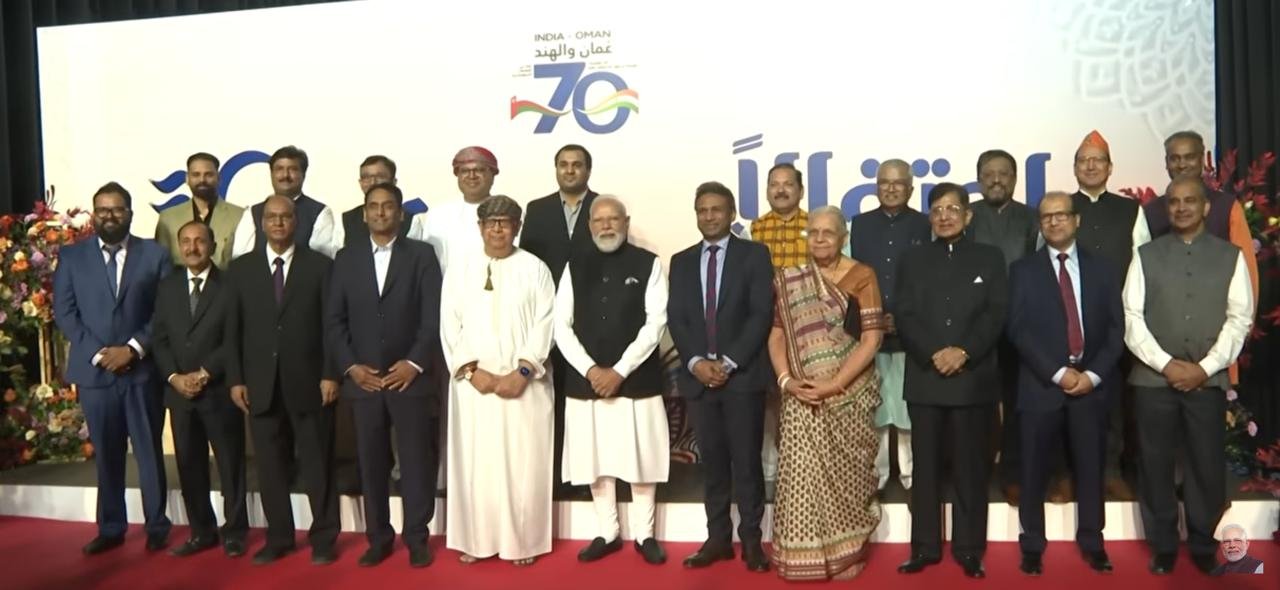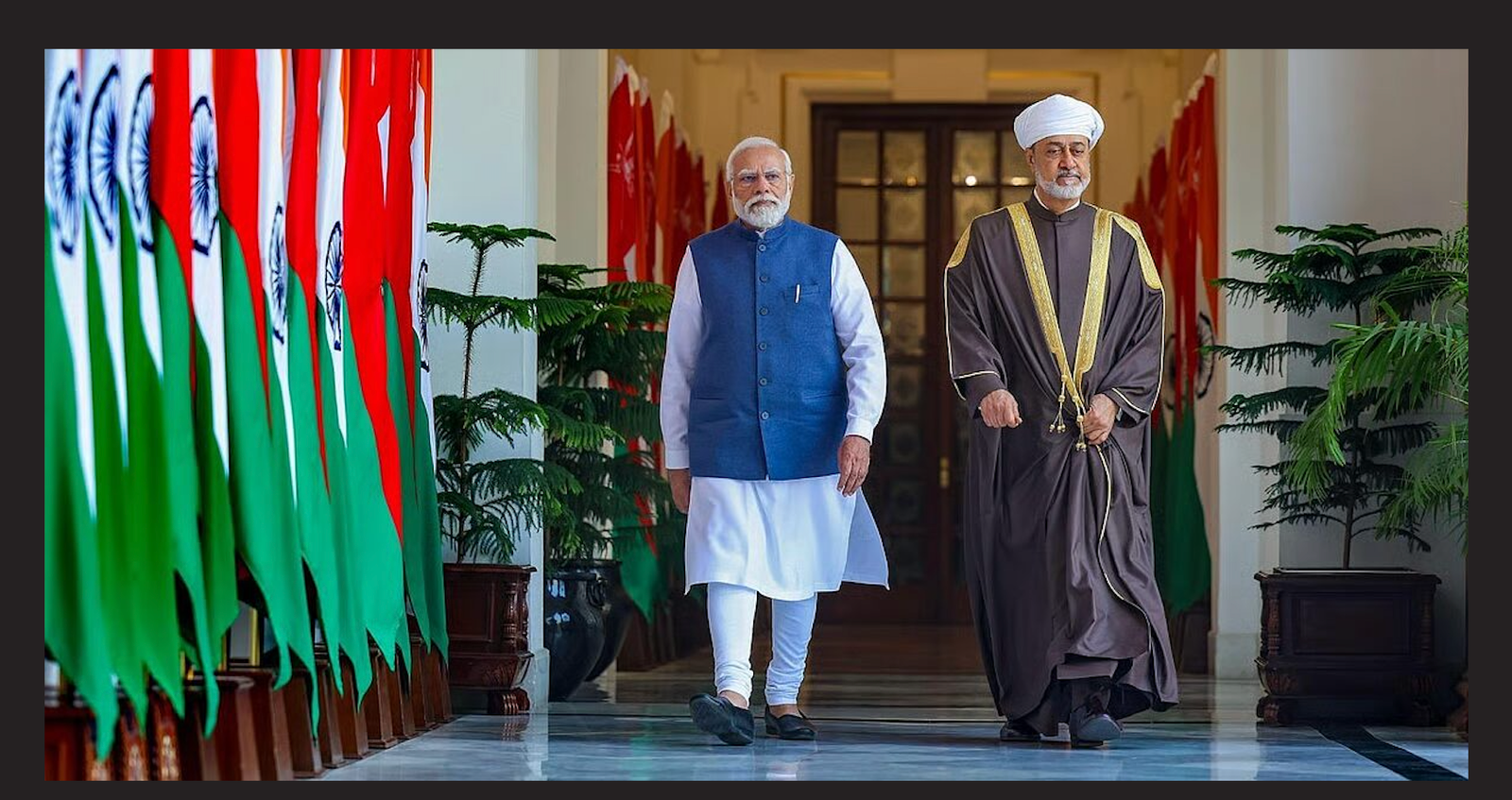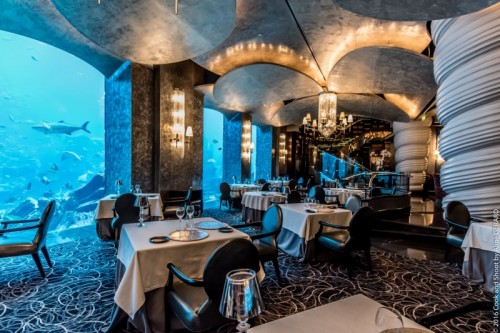The effect will be seen in the coming years when China begins to treat India as an equal, because again, tactical calculation will make the truth obvious in Beijing
In a bold, imaginative and strategic move, the government of India has quietly begun to build a holistic naval base on Great Nicobar Island, which stands squarely overlooking the entrance to the Malacca Straits, and is barely 90 miles from the tip of Indonesia, a special report by Raja Menon in the Indian Express, says.
This step, in terms of chess terminology, is like moving the queen out into the open to give the opposing king a direct check.
For instance, it immediately threatens to bring the shutter down on China’s extended neck stretching far out into the Indian Ocean, far westward to Djibouti and Gwadar.
A naval base in Great Nicobar would be the central piece to an oceanic strategy, to offer a counter punch to Chinese aggression in the Himalayas.
In interviews in New Delhi and Port Blair, the archipelago’s administrative hub, Indian defence officials outlined plans to transform a modest military base into a strategic listening post with strengthened air force, navy and army capabilities.
The arrival of four warships at Port Blair earlier this month symbolises how an island chain better known for its beaches and diving is quietly becoming a key plank in New Delhi’s strategy to counter China’s growing naval presence in the Indian Ocean.
While some of the officials noted that earlier expansion plans had largely faltered, they said there was fresh energy under Prime Minister Narendra Modi, who wants to reassert New Delhi’s traditional dominance of the Indian Ocean.
All agreed the chain’s location was its biggest asset in watching China’s navy.
Scattered between the Bay of Bengal and the Andaman Sea, the Andaman and Nicobar islands are closer to Myanmar and Indonesia than the Indian mainland. More importantly, its southern isles lie near the top of the Malacca Straits, a gateway to the Indian Ocean and through which China gets three-quarters of its oil.
“The world’s busiest shipping lanes are just to the south,” Lieutenant Governor A. K. Singh, a former military commander who runs the Andamans, told Reuters from his hill-top office in Port Blair, a one-time British penal colony.
The arrival of four warships at Port Blair earlier this month symbolises how an island chain better known for its beaches and diving is quietly becoming a key plank in New Delhi’s strategy to counter China’s growing naval presence in the Indian Ocean.
“For too long we have had a fortress mentality about the islands, that they had to be defended. The time has come for us to start looking at these very strategically placed islands as a springboard for India.”
Meanwhile, China’s Foreign Ministry rejected the notion that Chinese naval forays were behind any rise in Indian deployments.
The Chinese Defence Ministry said Beijing cooperated with militaries around the region, including India’s.
Nevertheless, India is building longer airstrips at the top and bottom of the Andaman and Nicobar chain, partly for long-range surveillance planes, defence officials said.
One is at Campbell Bay on Great Nicobar Island in the south, 240 km (150 miles) from the mouth of the Malacca Straits.
When that air base opened in 2012 with a runway of 3,500 feet (1,060 metres), Chinese military commentators saw it as an offensive move. The military plans to extend the runway to 6,000 feet by next year and then to 10,000 feet.
The air force has been flying new Boeing P8i surveillance aircraft with anti-submarine capabilities from India to Port Blair but once the runway was at 6,000 feet they would also rotate through Campbell Bay from time to time, said a navy pilot in Port Blair who has knowledge of the plans.
“Of all the plans, and some are grand, upgrading Campbell is the critical one. You can watch a lot of stuff from there,” he said.
While India has only 13 ageing diesel-electric submarines compared to China’s fleet of around 70 submarines, including nuclear-powered vessels.
On land, India is adding a second infantry brigade of around 3,000 troops to the Andamans over the next three years.
One notable roadblock had been erecting a radar station on Narcondum Island, which was delayed for years by local environmentalists who said Indeed, India was finally realising the Andamans were a “strategic goldmine”, said Jeff Smith, author of “Cold Peace: China-India Rivalry in the 21st Century”.
“I get the impression that growing concern over the pace of Chinese activity in the Indian Ocean increases the likelihood India will begin to take the Andamans more seriously,” he sa
*************************************************************
Readers
These are extraordinary times. All of us have to rely on high-impact, trustworthy journalism. And this is especially true of the Indian Diaspora. Members of the Indian community overseas cannot be fed with inaccurate news.
Pravasi Samwad is a venture that has no shareholders. It is the result of an impassioned initiative of a handful of Indian journalists spread around the world. We have taken the small step forward with the pledge to provide news with accuracy, free from political and commercial influence. Our aim is to keep you, our readers, informed about developments at ‘home’ and across the world that affect you.
Please help us to keep our journalism independent and free.
In these difficult times, to run a news website requires finances. While every contribution, big or small, will makes a difference, we request our readers to put us in touch with advertisers worldwide. It will be a great help.
For more information: pravasisamwad00@gmail.com







